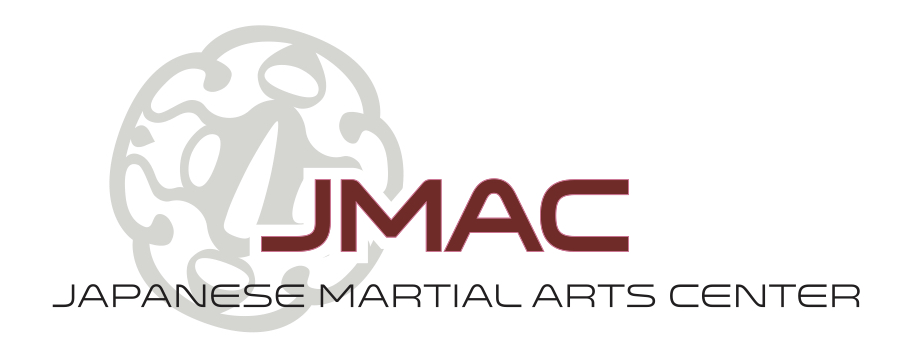Badass Chokeholds | Intersections Between Judo and Brazilian Jiu Jitsu (Ann Arbor)
Judo and Brazilian Jiu Jitsu share an arsenal of effective, deadly chokehold techniques. These dominating submissions are popular in the military, MMA, and self-defense. The beauty of the chokehold is that it requires minimal amounts of force and provides leverage against bigger opponents.
The similarities between the Judo and Brazilian Jiu Jitsu chokeholds are no coincidence. At the turn of the twentieth century, a group of second generation, Kodokan judoka toured Brazil. Their show was erroneously marketed as "Kano Jiu Jitsu", but was actually a dazzling display of Jigoro Kano's best Judo techniques against South American fighters. Mitsuyo Maeda, one of the best ground fighters from Kano's school, influenced Hélio Gracie. Hélio went on to found Gracie Jiu Jitsu, a groundwork and submission centric adaptation of Judo.
The following nine chokeholds are some of the most popular submissions from Judo and Brazilian Jiu Jitsu repertoire. For a more in-depth visual and written analysis of each choke, click on the choke name.
| Original Japanese Choke | BJJ or Colloquial Name | Brief Description |
| Hadaka-jime | Rear-Naked Choke |
Hadaka-jime, or Rear Naked Choke, is a killer submission. In the Brazilian Jiu Jitsu repertoire, it is called "Mata Leão". This technique is executed without the use of the opponent's clothing. This categorizes it as a "no gi" choke. The submission can be done when the opponent is standing, sitting, or lying down. |
| Sankaku-jime | Triangle Choke |
Sankaku-jime translates to "triangle choke". This classic no-gi choke is executed with the legs. Variations can be done in the front, rear, reversed, and side. It is classified as a blood choke on the carotids. |
| Mae-hadaka-jime | Front Arm Triangle | Mae-hadaka-jime loosely translates to "front naked choke". In Renzo and Royler Gracie's Brazilian Jiu-Jitsu Theory and Technique, it's called a Front Shoulder Choke. Colloquially, it is called a Front Arm Triangle. Other variations are the D'Arce Choke, Brabo Choke, Front Arm Triangle, and Anaconda Choke. |
| Sode-guruma-jime | Ezekiel Choke | Sode-guruma-jime translates to "sleeve wheel choke". In North America, it is popularly referred to as the Ezekiel Choke after Brazilian Judo Olympian, Ezequiel Paraguassú. |
| Kata-ha-jime | Single Wing Choke | Kata-ha-jime translates to "single wing choke", because the leverage of the opponent's arm resembles a wing. A variation of the choke is featured in the Gracie Brazilian Jiu-Jitsu Theory and Technique as the "side-mounted stranglehold". |
| Okuri-eri-jime | Sliding Collar Choke | Okuri-eri-jime roughly translates to "lapel-sending wringing". It is most commonly known as the Sliding Collar Choke. The traditional version requires the attacker to gain back control to sink in this carotid strangle. In Brazilian Jiu Jitsu, it is also referred to as the Sliding Collar Choke. |
| Gyaku-juji-jime | Reverse Cross Choke | Gyaku-juji-jime is the reverse of a normal cross lock. The difference between its parent, Name-juji-jime, and the reverse cross choke is the hand positioning. In the normal cross lock, the thumbs sink into the opponent's lapel and the palms face the opponent. In the picture below, the attacker demonstrates the reverse cross lock. The palms are turned outwards before the fingers grip the opponent's collar. |
| Kata-juji-jime | Front Lapel Stranglehold |
Kata-juji-jime is a hybrid between the normal cross lock and the reverse cross lock. The difference between Kata-juji-jime and its parents is the positioning of the hands. One palm should face up and the other down. In Brazilian Jiu Jitsu, it is referred to as the Front Lapel Stranglehold. It is most commonly done when the attacker mounts the opponent. However, it is also a versatile choke, like the other juji-jime. |
| Jigoku-jime | Hell Strangle |
Jigoku-jime is most commonly known as the "Hell Strangle" or "Crucifix". It owes its name to the form the attacker makes with the opponent's body to execute this choke. It is a carotid, or blood choke. The gi lapel acts as leverage for the forearm, which presses against the artery. The attacker's legs control the opponent's arm with the same clamp as sankaku-jime. This choke requires and gives back control to the attacker. |
For more information on the differences between Nihon Jujutsu and Brazilian Jiu Jitsu, check out our article.
Unless executed under proper instruction, please do not attempt these chokeholds on your own! For more information on Judo or Jiu Jitsu, Ann Arbor Japanese Martial Arts Center is happy to answer your questions!
